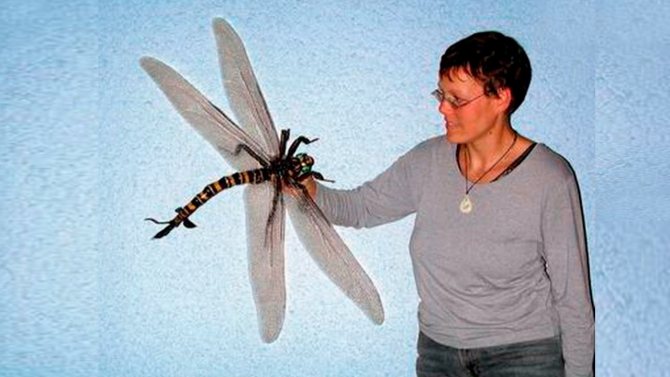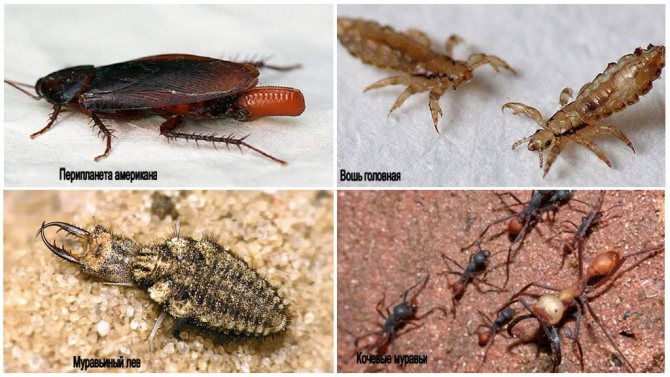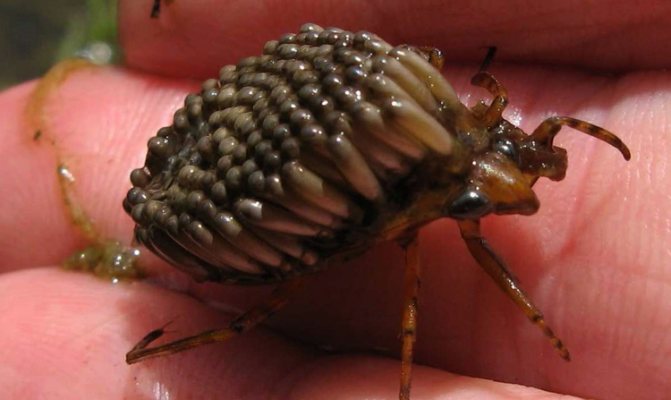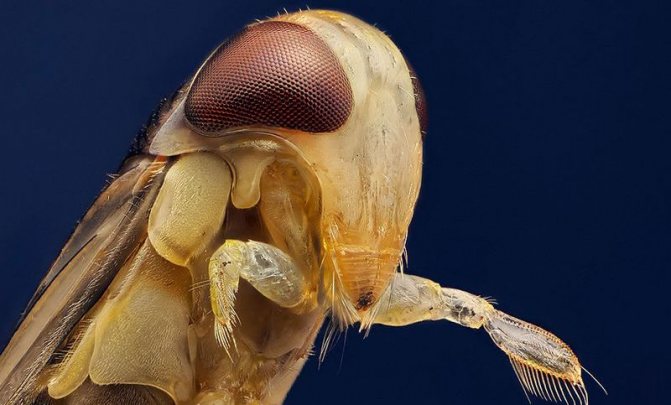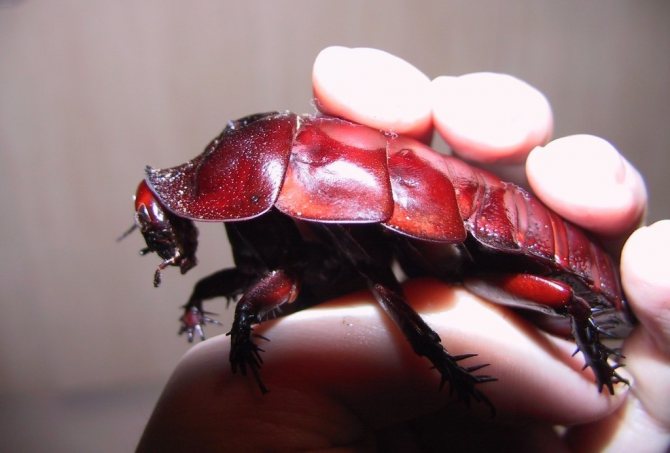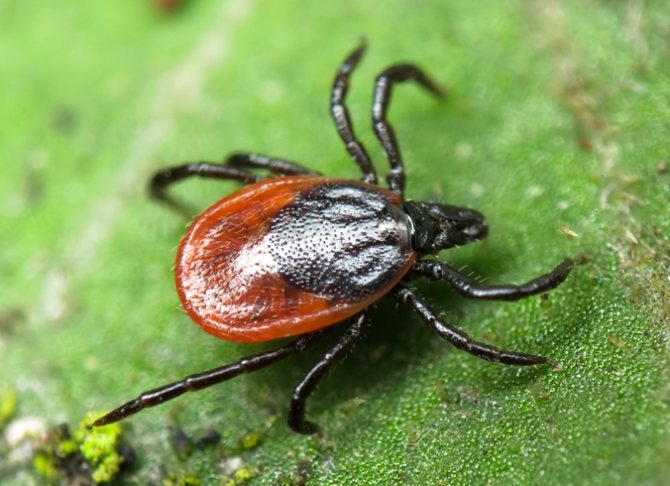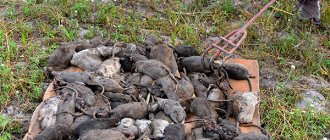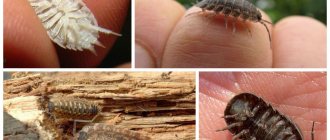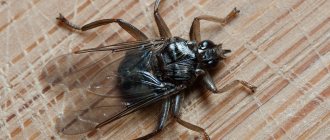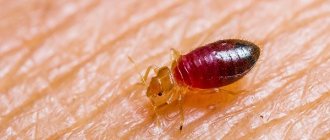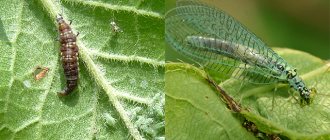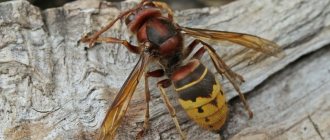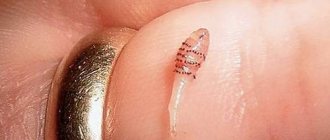Bread grinder
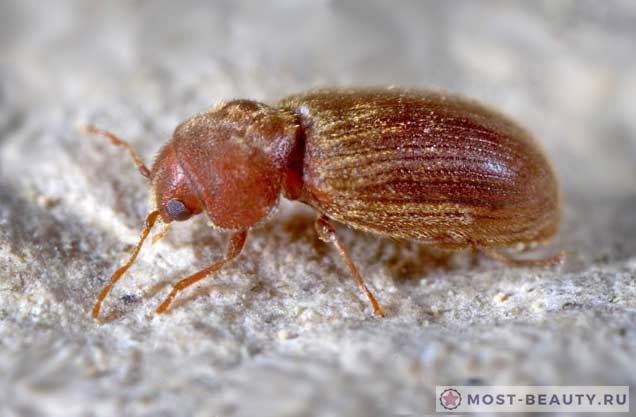
Pictured: Adult Bread Grinder (Drugstore beetle)
First of all, the larvae of the grain grinder are among the most voracious creatures. They like hot peppers, lumber, and dry ginger. Plus, they can easily destroy an entire library by absorbing paper, books and glue. They even say that there was a case when one larva gnawed a number of books from 27 volumes.
Giant hornet
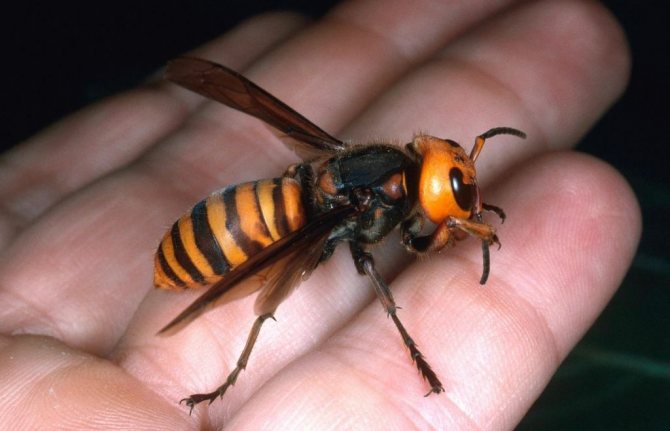

The giant hornet or Vespa mandarinia is a rare endemic found in China, Japan and India. Less commonly, the insect is found in the highlands of Sri Lanka. In Russia, the giant hornet also lives, but only in the Primorsky Territory and near the Anyui River (Khabarovsk Region). The length of an adult exceeds 5 cm, and its wingspan reaches 75 mm.
The main distinguishing feature of Vespa mandarinia from other representatives of the Hymenoptera is its large head and long sting. The Chinese and Japanese call this insect "sparrow bee" or "tiger bee". It is not advisable to contact him, since his bite can provoke pain, local edema and a strong allergic reaction.
Beetle-skinned
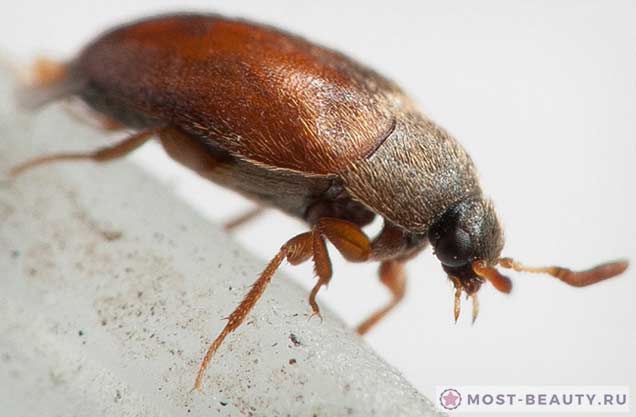

There are beetles that, on the contrary, help people and serve science well. They cleanse the bones of exhibits in museums, from the remains of tendons and muscles. They do this job much better than a person and completely free of charge, without expecting anything in return.
What does the world look like through the eyes of insects?
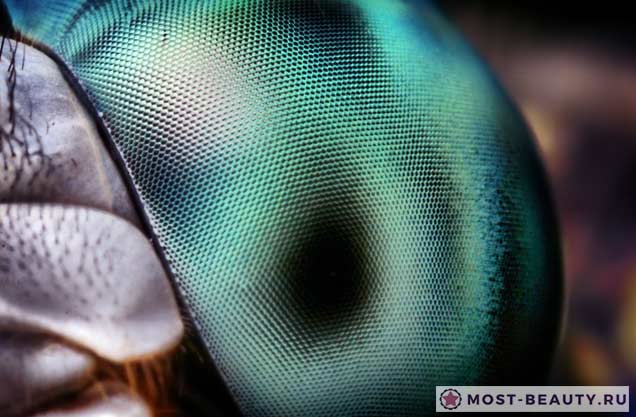

People and insects see everything that happens in completely different ways. Insects have very unusual and complex eyes. The shimmering surface of their eyes looks like a mosaic, each eye consists of separate fixed eyes, each of which sees a limited picture. In some animal species, the eye is composed of 30,000 elements.
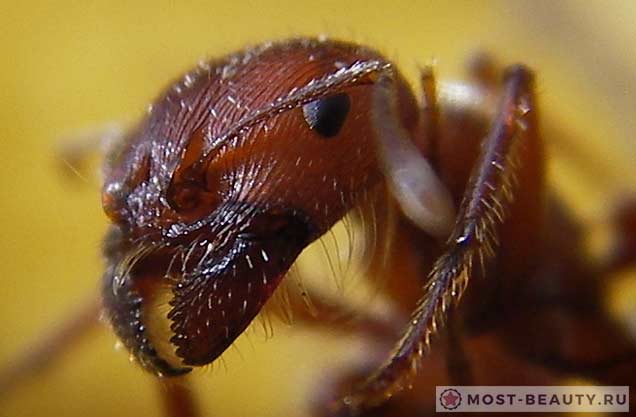

Ants are much less lucky in this regard, since they mostly have underdeveloped eyes, and many are even blind.
In their eyes, the world is like an enlarged mosaic picture, made up of separate pieces. They practically cannot distinguish the appearance and shape of objects, but they can perfectly see the movement. Many ants have extra eyes on their heads that react to light.
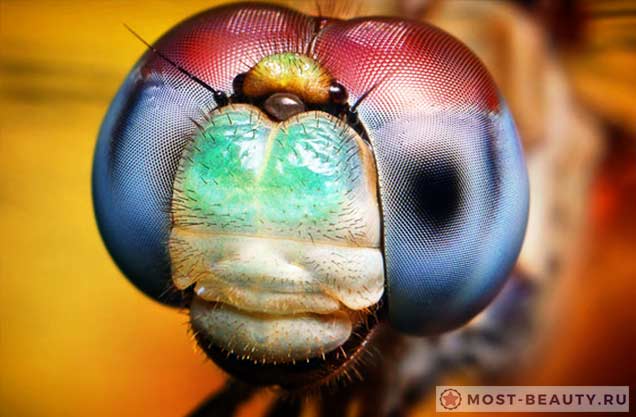

The most convenient options are flies and dragonflies. Their eyes are located on most of the head, which allows for a perfect 360-degree view so they can see danger from above, below and even from behind.
How long do insects live?
On average, insects live less than a year, and some can live a little longer.
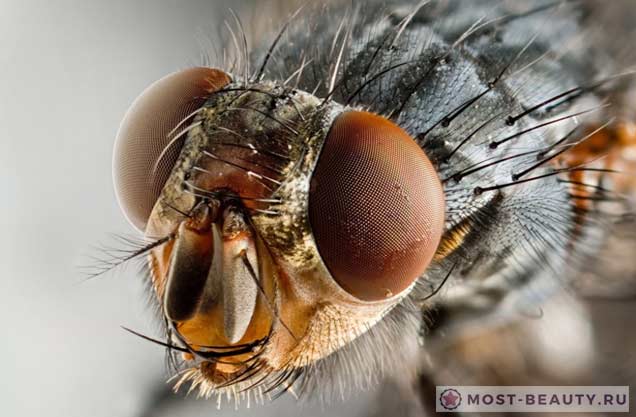

Indoor flies can live from 10 to 30 days, and larger mosquitoes - from 10 days to 2 months. Mosquitoes may live longer thanks to their daily and nutritious diet, so if you don't want a mosquito to haunt you for 2 months, protect your skin, wear more closed clothing, and try to cover your head in warmer weather.
But in winter, flies, mosquitoes or larvae can fall into an inactive state, in which they can survive several months of cold weather.
Among insects there are also centenarians:
Water scorpion
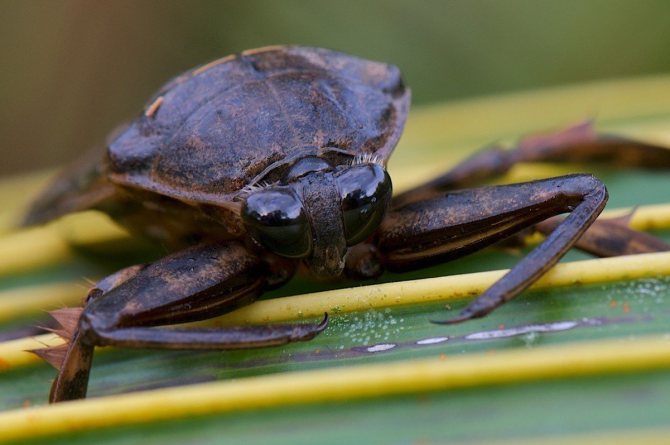

Water scorpions belong to a large family of water bugs and are characterized by the presence of grasping limbs. They also have a tube at the end of the back of their bodies that allows them to breathe while underwater.Water bugs live in tropical forests and temperate areas. The length of the insect often reaches 45 mm, although tiny 1.5-2 cm individuals are often found.
Despite the fact that the creature does not have poisonous glands, experts do not recommend touching it and picking it up. Bedbugs of this species are not only carriers of dangerous viruses, but they can also bite painfully. Their jaws are littered with bacteria and germs, which causes the wound to fester, and the limb swells and turns red.
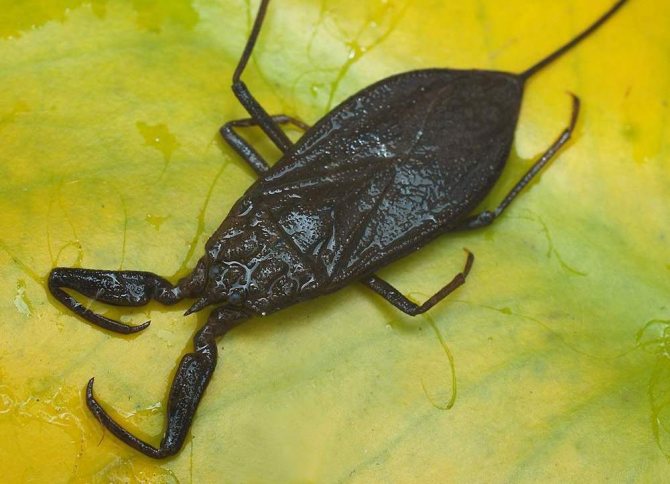

Interesting!
The water scorpion is a slow insect. He moves slowly, clutching at the algae and debris in the pond with his claws. It has wings, but the creature cannot fly. They help him maneuver when jumping long distances.
Cicadas
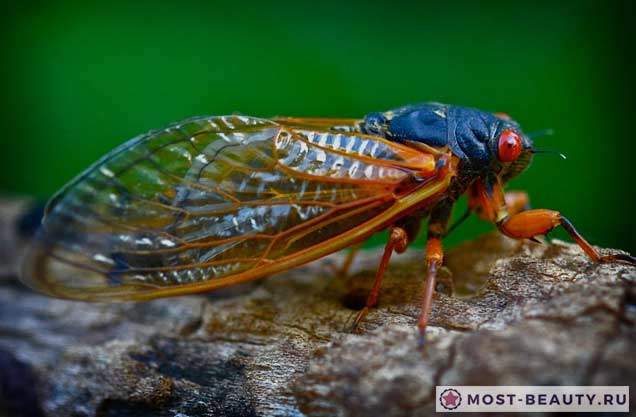

Among more than 800 species of various cicadas, there is only one (Magicicada septendecim), the females of which are real long-livers in the insect world. Some of them can live up to 17 years. But do not be surprised, the cicada spends most of its time underground, feeding on the substances of the plant root system. And only the last 5 weeks of life, the cicada spends on the ground and in the air.
Giant centipede
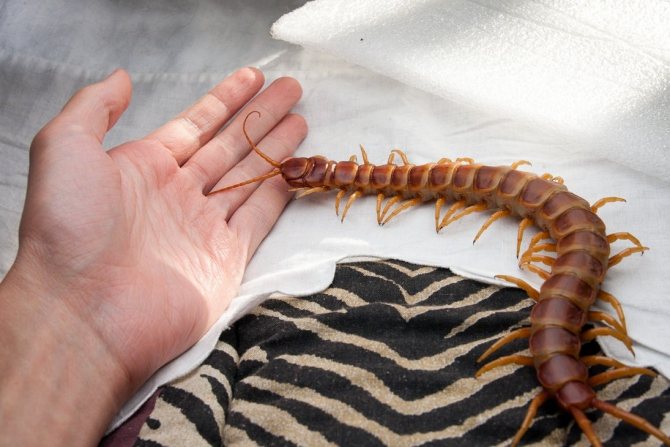

The giant centipede was nicknamed the fast killer with poisonous legs and was called the largest insect on the planet. She is a rather aggressive creature and often attacks first. Scolopendra inhabits the tropics of South America, feeds on lizards, small snakes, birds and frogs. Occasionally eats plant food or dives into the water for fish.
Read:
11 most expensive animals
In addition to the length of 25-30 centimeters, the scolopendra became famous for its powerful legs, which allow it to jump a huge distance, and a fast-acting poison. If a scolopendra bites a small animal, it will die in a matter of minutes. A person will not die from the poison, but will face terrible pain, fever and severe swelling of soft tissues. Death can only occur if the victim is allergic.
Garden ant queen
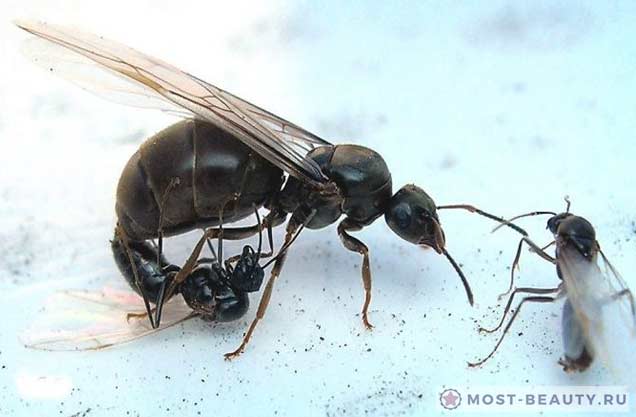

In the photo: Mating ants
It's hard to imagine, but female garden ants can live up to 20 years! Have you seen ants with wings? It turns out that these are young females and males of ants that leave their anthill for mating during the mating season. Females are larger, males are smaller. The task of the male is to transfer to the female his genetic material, which she will store throughout her life. After fertilization, females shed their wings and establish new colonies, and males self-destruct.
Queen Alexandra's Birdwing
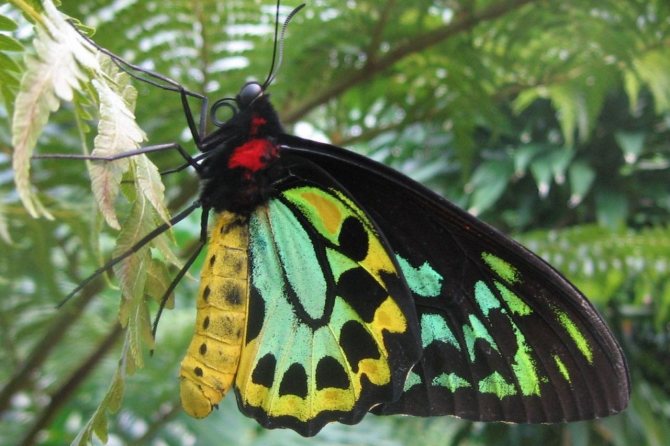

A beautiful diurnal butterfly from the Sailfish family, found by the famous businessman and insect collector Walter Rothschild. He named the find in honor of the wife of the English monarch Edward VII. The birdwing habitat is Papua New Guinea. In the 20th century, a significant part of the butterfly population was destroyed by the Lamington volcano, which is why the species was included in the Red Book as endangered. The largest insect of this species is kept in the London Museum. The length of its abdomen is 80 mm, and the weight of the dried specimen exceeds 11 grams. The wingspan of Queen Alexandra's birdwing is 27.2 centimeters.
Lumberjack titanium
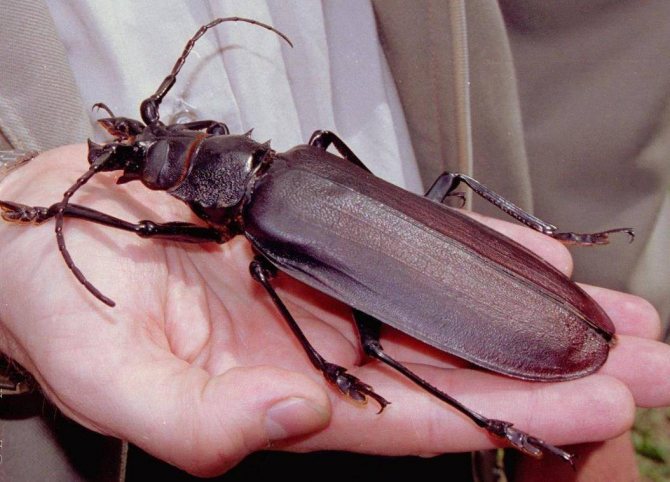

Titan Lumberjack is officially recognized as the largest beetle on the planet. Its length reaches 22 cm. This representative of the barbel family lives in Colombia, Peru, Bolivia, Suriname and Brazil. At certain times of the year, some countries declare a "bug safari", during which tourists are taken to places densely populated by titan lumberjacks, and allowed them to catch these giants for their collection. For many, this activity will seem pointless, but the beetle can be sold to collectors for a price of 700-1000 dollars. This is a considerable sum for an insect that is not endangered and is not included in the Red Book, so its capture is not prosecuted.
Grasshoppers
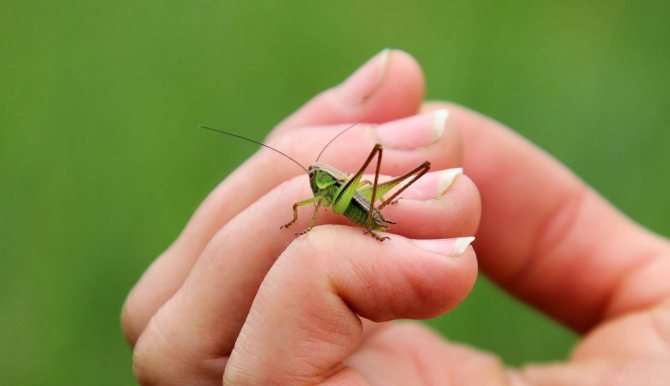

The insect has an unusual body structure, with the help of which they adapt to various conditions. A grasshopper has 3 pairs of legs. The front 4 limbs serve the insect for walking. The ears of the animal are located on them. Its long, muscular hind legs allow it to jump. Insects make interesting sounds - chirping.
A box, container or aquarium is suitable as a house for such a pet. They are fed 1-2 times a day. Grasshoppers eat everything - leftover bread, fruits, vegetables, oatmeal, dry food for dogs or cats, chicken eggs.
Listotel
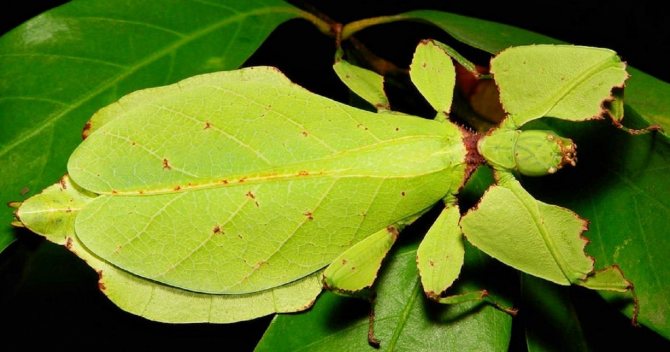

Another name for the insect is leaf. Its peculiarity is considered to be an unusual appearance and the ability is stationary for a long time. Leaf beetle resembles a leaf of a tree and almost always sits among the greenery. This camouflage allows him to hide from natural predators and calmly eat vegetation. The limiting length of the leaflet is 13 cm. The body of females is devoid of wings, which is why they are unable to fly. But males have wings, so they often fly from one branch to another. In addition to the common leaf beetle, there are 50 more varieties of these insects. They all differ from each other in body shape and color.
Read:
Why do cats trample us
Ant lion
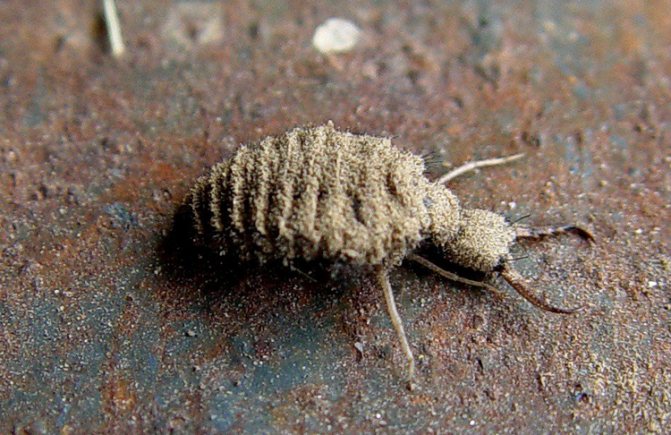

The unpleasant appearance of the insect is emphasized by the hair on the body, which makes it look even more disgusting. But this is just a maggot. An adult insect looks very nice, it looks like a dragonfly. The larvae lead a pronounced predatory lifestyle, while an adult insect may not feed at all, since it lives only before reproduction, and then dies.
They build special shelters for hunting, in which they lie in wait for their prey. Traps are sand pits in which the larva sits and, when it hits the edge of the pit, the ant lion throws sand at it. Found everywhere in Europe. Not dangerous to humans.
Chang's Mega Stick
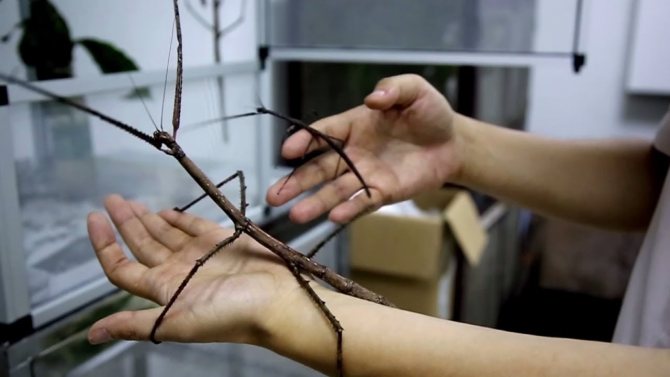

The Chang mega stick is recognized by scientists as the longest and most unique insect on the planet, included in the Guinness Book of Records. It was first discovered on the island of Kalimantan in 1989. Unfortunately, it was not possible to save the found individual for research. Entomologists were able to study this creature only after the mega-stick Chan was taken to the London Museum of Natural History in 2008. The sample was 56 centimeters long and did not weigh more than 63 grams. The peculiarity of the insect is that it looks like a twig of a tree. This natural disguise allows him to hide not only from predators, but also from curious people.
Swimmers
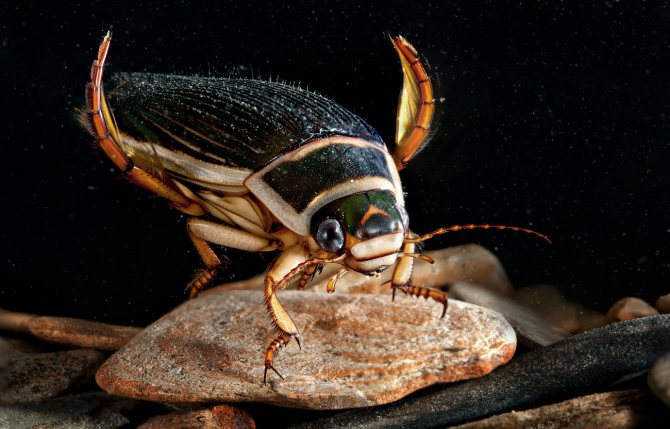

These are water beetles with a streamlined body. The head, chest and abdomen of the animal are tightly articulated. The swimmer has strong jaws and long threadlike antennae. The eyes of the beetle are located on the sides of the head. The color of parts of the insect's body is different: the upper side is brown, black or green, the lower one is yellow. Animals have wings. Long flights are made at night. The back pair of legs helps the diving beetles move along the surface of the water.
Such insects easily live and reproduce in captivity. Pets are not demanding on the state of water and lighting. They contain swimmers in an aquarium with soil, stones and plants. Beetles feed on protein food: insect pupae, meat, fish.
Japanese mountain leeches
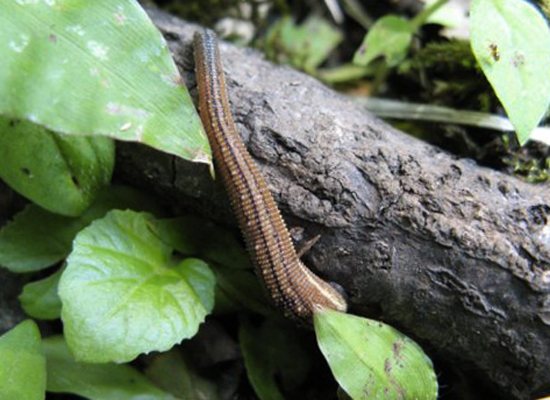

These are leeches that do not live in water. But at the same time they like to suck blood just like their aquatic counterparts. It lives mainly in trees, and from there it can jump on the victim and, gnawing through clothes, get to the skin. In addition, it is very painful, the sight of a mountain leech is not at all aesthetic. Yes, and like any blood-sucking insect is a carrier of diseases.
Pyrophors
The 9th position is occupied by a special type of fireflies - pyrophors.
Many fireflies have the ability to emit a mysterious light that attracts humans.The organ of their luminescence is located at the very tip of the abdomen and contains many photogenic cells. The glow occurs due to the oxidation reaction of a fatty substance - luciferin.
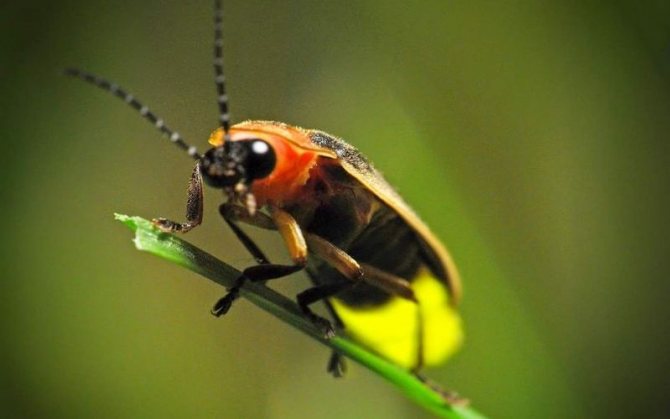

Fireflies of the genus pyrophors have achieved impeccable skill in controlling the brightness and duration of the glow. These inhabitants of tropical forests can include 2 different colors on their body at once: the "flashlight" on the abdomen glows with a bright orange light, and on the chest - green.
The brightness of the glow that pyrophors produce is a record among the representatives of this class - this beetle can shine 150 times brighter than an ordinary firefly. The local inhabitants use the pyrophor to illuminate their path at night by placing a few beetles on their hat.

